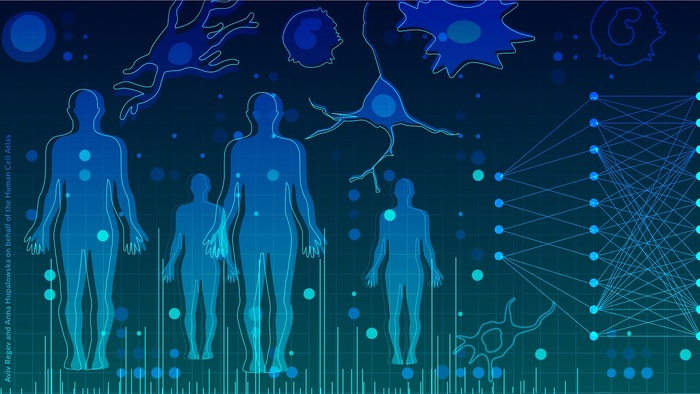New maps that locate and characterize over one million individual cells of the human body, belonging to 33 different organs, are added to the ever-growing Human Cell Atlas (Hca), the ambitious international project launched in 2016 to collect the identikit of all types of cells present in the human body and thus open the doors to the precision medicine of the future. An undertaking comparable to that of the great ‘Human Genome Project’, which in 2000 obtained the first map of human DNA. A gigantic collective effort of thousands of researchers from all over the world, which today makes a qualitative leap thanks to four new studies published in Science by.
Until now, the Hca research consortium had in fact focused on single organs, tissues or limited subtypes of tissues, while now the Atlas becomes even more complete allowing the cross-comparison between different tissues. The authors of the studies work in some of the most prestigious research centers in the world, such as the Wellcome Sanger Institute in Great Britain, the Broad Institute of Mit and Harvard in the United States and the Chan Zuckerberg Biohub, born on the initiative of the founder of Facebook and his wife. The results will have important implications for the understanding of common and rare diseases, for the fight against tumors and neurodegenerative diseases, for the development of new drugs and vaccines.
The first study, conducted by the ‘Tabula Sapiens’ consortium, made it possible to profile over 400 types of cells from 24 organs: the result was obtained by analyzing individually almost half a million cells taken from different tissues of single donors. This made it possible to make comparisons to understand how the same genes express themselves differently in the various tissues of the same individual.
The second work, carried out by the Broad Institute, instead defined the molecular profile of over 200,000 cell nuclei (taken from eight organs of 16 donors) thanks to an RNA sequencing technique optimized for use on frozen cells. Thanks to machine learning algorithms, the researchers were also able to associate the mapped cells with thousands of genetic traits and diseases to try to understand which cell types and genetic programs could be behind them.
The third scientific work, signed by the Wellcome Sanger Institute and the University of Cambridge, made it possible to identify the genes turned on within 330,000 individual cells of the immune system present in the body’s tissues, and not only circulating in the blood. The researchers also developed a machine learning system (called CellTypist) that automatically identifies cell types. This approach has made it possible to examine over a million cells identifying 101 types of immune cells or their particular states, some underestimated so far.
The fourth and final study, published by the University of Cambridge and the Sanger Institute, ultimately produced an atlas of the immune system developing through the different stages of pregnancy. Based on the analysis of single cells taken from 9 tissues in the prenatal period, it demonstrates that the development of blood cells and the immune system takes place not only in the so-called primary hematopoietic organs, but also in various peripheral tissues.
